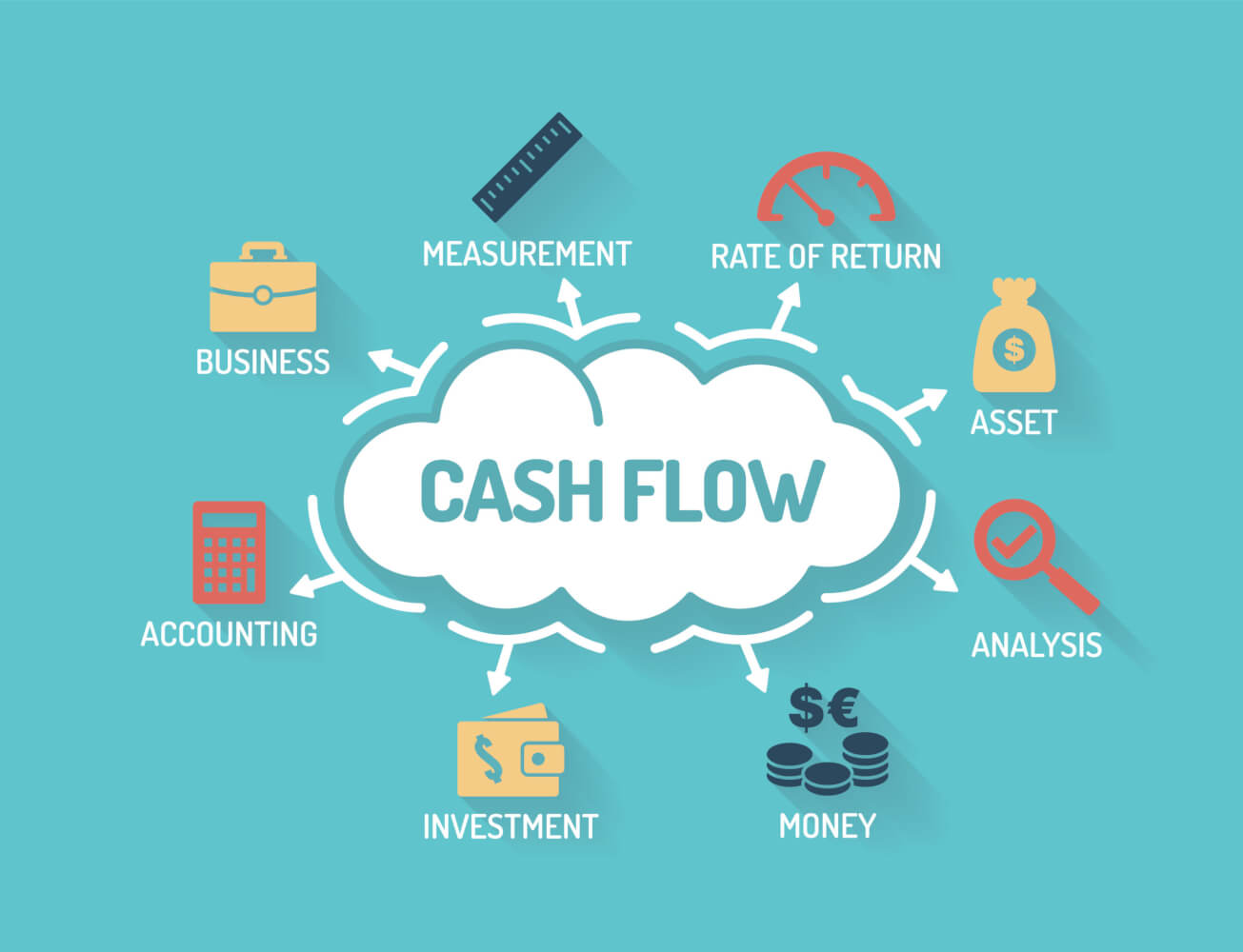One of the key issues that the Micro, Small and Medium Enterprise (MSME) sector is constantly grappling with is the difficulty in accessing adequate credit, which often leads to a working capital crunch. Traditional business loans require collateral and in-depth analysis of financial statements, which small and micro business owners typically lack. Banks are reluctant to extend loans to MSMEs due to the perception of frequent defaults from the sector and the risk of
Non-Performing Assets (NPAs). Moreover, most MSMEs cannot afford the delay in the traditional loan and banking process, as their business requires quick approvals and disbursement to meet their orders.
In recent years, India’s fintech industry has grown at a clip, and this growth has spawned new forms of lending using alternative data points to assess creditworthiness. The two new forms of lending are Cash Flow Lending and Invoice Discounting.
Cash Flow Lending
Cash flow lending refers to short-term working capital loans granted after evaluating the cash flow of the MSMEs. The lender uses data points such as operating bank statements, Goods and Services Tax (GST) information, transaction data from Business-to-Business (B2B) platforms, CIBIL MSME Rank (CMR) or personal bureau score, etc., to evaluate the applicant’s creditworthiness. The data is available digitally and in real-time, helping lenders develop a more accurate and up-to-date picture of the MSME and the status of the business.
The rise of cash flow lending based on digitally available data allows lenders greater flexibility in decision-making. This also means lenders are increasingly willing to consider collateral-free loans to MSMEs. Given that most of the Indian MSMEs belong to the micro-segment, this is a welcome trend in the Indian credit landscape.
Invoice Discounting
Invoice discounting, also known as bill discounting, is one of the most important ways MSMEs can avail timely and adequate funds to meet their working capital requirements.
Invoice discounting refers to a financial service where a financier lends money to a company up to the value of its unpaid invoices. In case of delayed payments (another perennial problem for the MSME sector), suppliers can apply for credit from the relevant financiers (or on invoice discounting platforms) using their accounts receivable (unpaid invoices) as evidence of the money owed to them. After evaluating the creditworthiness of the applicant company, the financier disburses a percentage of the funds using the invoices as collateral. When the company receives payment from the customer, they pay back the loan and the pre-agreed service fee to the financier.
This is like invoice factoring, except that in the latter, the financier is responsible for ensuring that the customer settles the account(s) receivable rather than the MSME.
Invoice discounting has several advantages for MSMEs. It facilitates easier cashflows when lacking credit or delayed payments, allowing MSMEs to continue operations as required. It allows a flexible repayment schedule. Considering the MSME’s convenience, data-driven credit evaluation reduces the risks of bad loans, which, in turn, leads to relatively lower interest rates and collateral-free loans and funds obtained through bill discounting can be leveraged to upgrade the company’s technology and infrastructure.
In 2018, the Reserve Bank of India (RBI) launched the Trade Receivable Discounting System (TReDS) platform in India, with three companies receiving approval – M1xchange, Receivables Exchange of India Limited and Invoicemart. There are numerous other invoice discounting platforms in the country.
Thus, with the growth of new-age digital technologies, there has been a marked shift in the financial sector’s attitude towards MSMEs: from scepticism to recognition of the importance of MSMEs in the Indian economy and a significant push to the industry as a whole to make credit more accessible.


